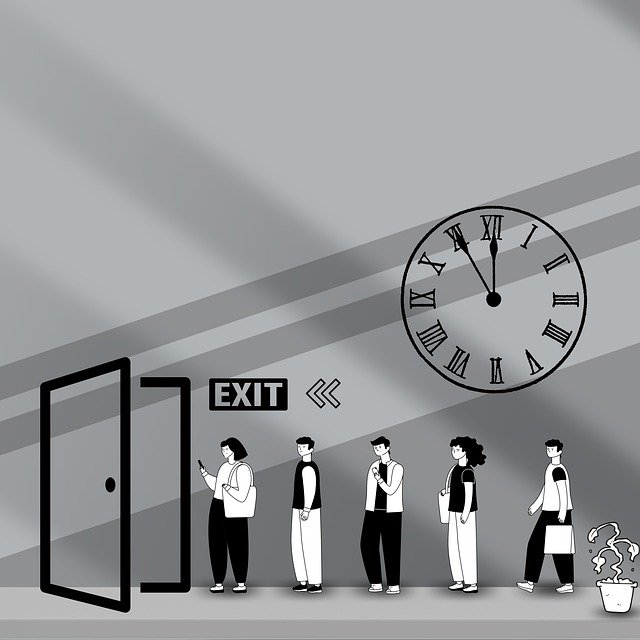Wrongful termination occurs when you are fired in a way that violates public policy. And may include situations where you were forced to resign (called constructive discharge). If your employer fired you, or asked you to resign, or if you quit because you felt working conditions were intolerable, you may have a case for wrongful discharge.
You need to contact a lawyer and schedule an initial conference with him or her. To make that first meeting as fruitful as possible, you need to provide copies of a number of documents for the lawyer to review.

Wrongful Termination: 18 Things a Lawyer May Want to See When You Meet
- Your Personnel File
- Employee Handbook and Company Policies
- Diary or Journal Entries
- Employee Pay Records
- Physical Evidence of the Discrimination or Harassment
- Mental Health Records
- Medical Records
- Witness Information
A key item for review is a diary or chronology, or a written journal of events, with dates of important employment problems, any opposition you made to employment policies or practices, any participation you may have had in investigation of any discrimination complaint, meetings, and adverse actions taken against you.
If you kept such a journal, good; make a copy. If not, start recreating the series of events from memory, emails, documents, your calendar, and whatever else can help jog your memory. This is done most easily on a computer, either as a table in Microsoft Word or as a modified spreadsheet in Microsoft Excel. The advantage of using the computer is that when you remember an event that occurred between two events you already have in the table, you can merely insert a new row into the table and fill in the date and details of the event.
Having copies of documentation for your lawyer to review will help him or her determine if you have been the victim of wrongful termination.
Further information:
Will a Lawyer Take Your Wrongful Termination Case If You Were Fired for Cause?
If you want more articles like this, I invite you to subscribe to our blog.